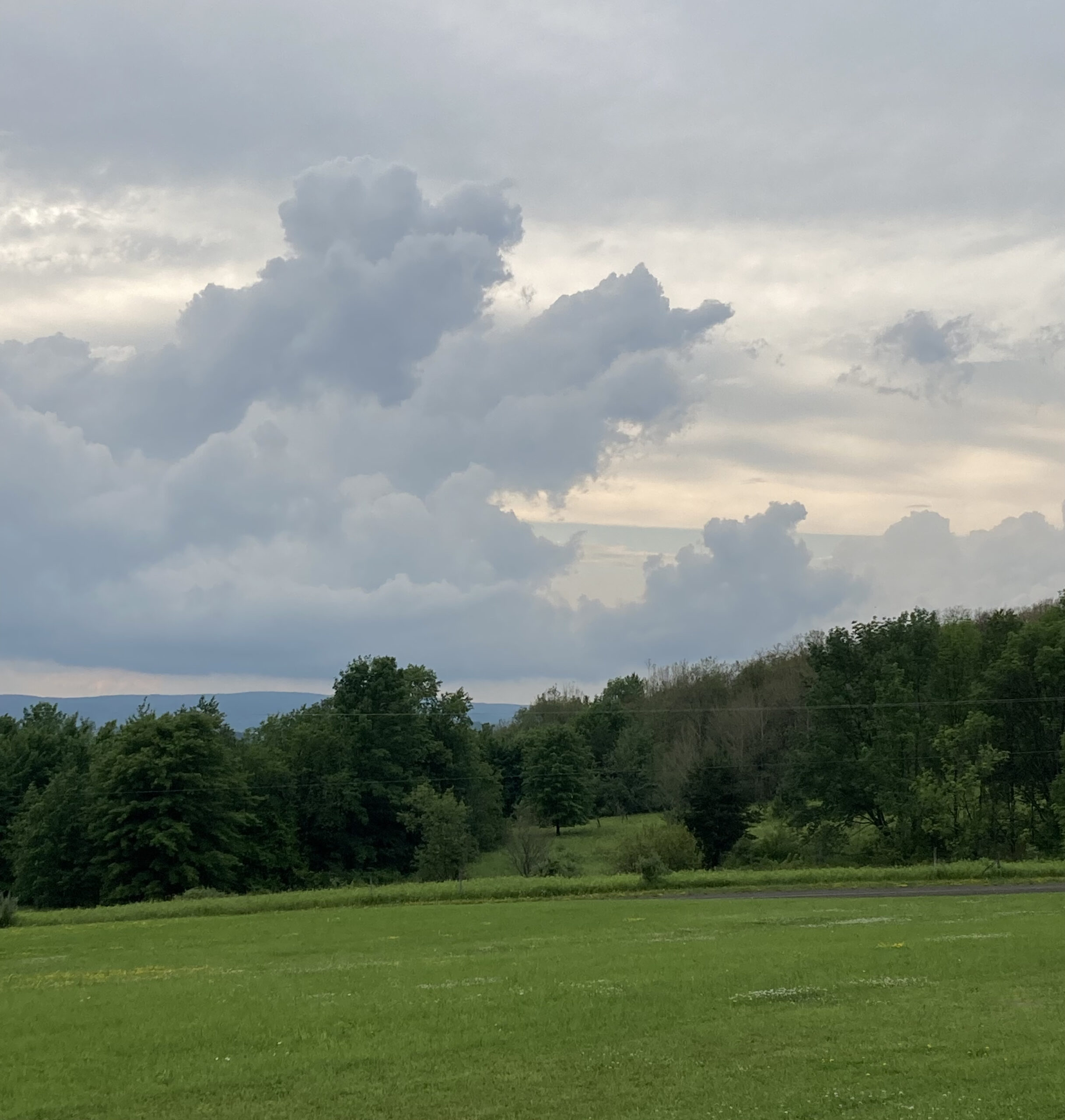Worry magical? How can I call it magical? Disastrous, yes. Devastating? Painful? Certainly unpleasant. But magical? It can seem so devoid of redeeming qualities, but the emotion evolved to serve a purpose.
Worry is such a part of our lives. We can worry about so many things, of so many degrees of importance, from the outcome of a sporting event to whether climate change will the make the weather unsustainable for human life. We can worry about ourselves, our friends, family, students, or humanity as a whole.
I remember waiting for the results of a medical test. It was torturous, imagining different results. Luckily, I was soon able to put the worries away and not ruminate over the possible outcome. But ruminating is so easy to do. Not-knowing can be so difficult. When we worry, we can feel like we can’t let the emotion go.
And I noticed in myself that if we’re worrying, the unthinkable we worry about isn’t happening. When we worry, then for the length of a thought, we feel we’re keeping the unbearable at bay. We’re locking the future into the realm of the bearable, into the realm of imagination. We delay and delay. The emotion becomes a magical incantation. If we repeat the worry over and over, we stop the imagined awful from becoming awfully real.
But, to delay is to delay living or really to live delaying. To worry is to live in some form what we worry about. We keep it close to us. But the future is just another possibility, just another thought. What’s real is what we’re doing, feeling, thinking now.
There’s also a double quality to many emotions. We can fear fear (as well as enjoy it, as in watching horror movies). The fact we feel fear is itself fearful. We can get angry at anger, or at ourselves for being angry. We can also enjoy joy and love loving. With worry, we can, for example, worry about ourselves for “having” the emotion as well as worry about the object of worry.
We also might imagine rumination opens us up to those we worry about. And that can be true. The imaginative component of worry can help us understand what other people might be thinking or feeling. But it can also do the opposite. It can keep us in what’s called the default mode network (DFN) of the brain, the network we’re in when not involved in a task or focused activity.
As medical journalist James Kingsland describes in his book Siddhartha’s Brain: Unlocking the Ancient Science of Enlightenment, the default mode network allows us to bring up events we’ve lived through and to imagine what we haven’t experienced. It allows us to construct an image of who we are but looks at others more in relation to ourselves and less in terms of who they are in themselves.
The DFN allows “mind-wandering” to imagined possibilities. This ability to imagine is quite an amazing achievement of the human brain. It allows us to build ships to fly to the moon and write novels. And we might think we wander mentally to avoid psychological suffering as well as examine possibility after possibility. But according to research by Harvard psychologists Mathew Killingsworth and Daniel Gilbert, the “mind-wandering” itself can be the cause, not the consequence, of negative emotions. Worrying can cause more worrying.
Yet the emotion serves a purpose….
*To read the whole article, please click on the link here to The Good Men Project.


